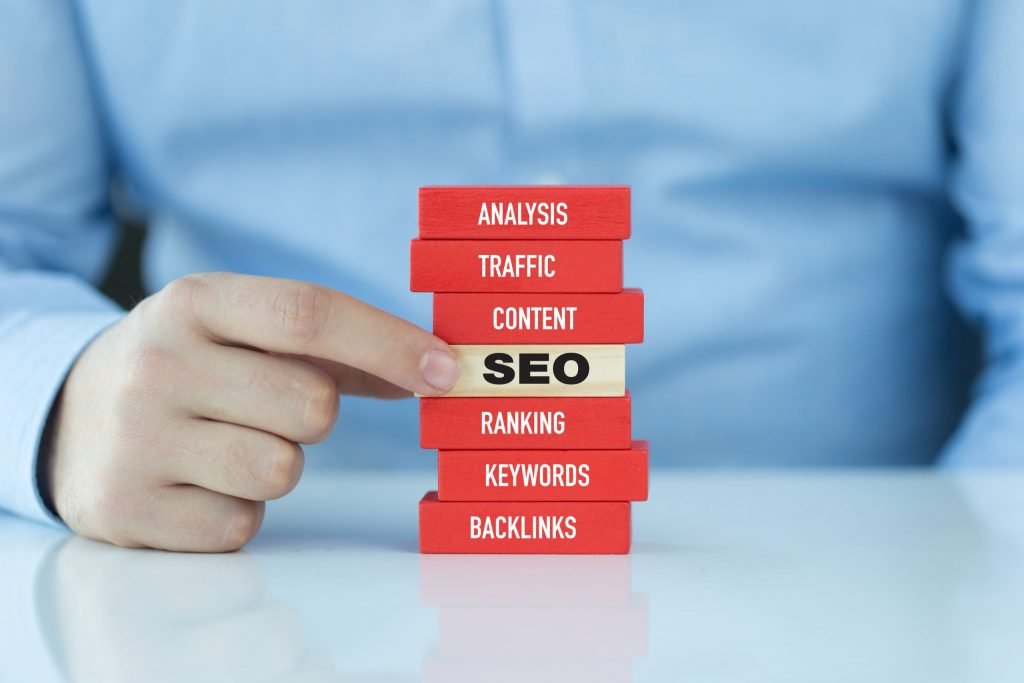
SEO is not just a means of raising visibility in the fast-paced digital world of today; it is also a basic engine of consistent company growth. Many businesses, however, see SEO as a one-time endeavour rather than a strategy that needs constant adaptation. Developing an SEO plan tailored to your business assures not only that you are meeting current market demands but also helps you be ready for long-term success. A scalable SEO strategy changes to fit new trends, supports growth into different areas, and raises brand online presence as your items grow. This article will go over creating an SEO strategy that adapts to your business objectives. We will go over realistic activities to make sure your SEO efforts remain adaptable, efficient, and forward-looking from creating a strong platform to spotting future growth possibilities. Let’s investigate how you may begin today to future-proof your SEO strategy.
Start with a Strong Technical Foundation
Technical perfection sets off a scalable SEO strategy. Slowness in load times, crawling issues, or insufficient mobile experiences in lack of a strong technology underpinning might hinder future growth projects.
Early early in robust website design, fast hosting, mobile optimisation, and unambiguous URL building, invest Using SEO-friendly CMS systems and logical site structure that assures performance is not affected will help adding pages, categories, and new content over time to be easier. Stress key technical issues like schema markup, canonical tags, and security HTTPS systems.
Regular audits are really necessary. As your website grows, even little technical errors might snowball into major ranking issues. Including regular technical SEO maintenance into your growth strategy will help to ensure that your site remains strong as you grow.
Build Content with Expansion in Mind
When manufacturing goods, take into account factors beyond simply your current business scale. Plan your materials to allow for basic progression into related topics, more products, and more sizable clientele.
Organise topic groups around pillar content that explores basic problems first in great detail. This structure allows you to add supporting resources or branch into new subtopics without having to entirely rethink your strategy. Long-term planning guarantees that your content architecture can naturally and successfully enable future development.
Moreover, routinely examining and updating old content maintains it current and helps the slow rise of the authority of your website. Developing a habit of updating existing entries can enable you to retain your rankings and enhance user experience as your business expands.
Focus on Scalable Keyword Targeting
Your keyword strategy should grow together with the goals of your business. Starting with just high-competition, broad keywords might make it difficult to get began. Similarly, relying only on specialised words might limit your reach as you advance.
First combine short-tail and long-tail keywords. Long-tail keywords provide simpler wins early on, but more generic terms allow room for future expansion. Your domain authority will help you to gradually battle for ever more competitive keywords.
Important also is keyword mapping across buyer journeys. Plan content appropriate for each level considering the transactional, navigational, and educational objectives of your audience. This deliberate approach ensures that, as you grow, your SEO strategy remains in step with changing consumer intent and market requirement.
Develop a Flexible Link-Building Strategy
Link development is not a one-size-fits-all solution especially if your aim is long-term scalability. Rather of hunting fast backlinks via questionable techniques, invest on building actual connections and producing link-worthy content.
Stress digital PR projects, guest writing, partnerships, and guest blogging that will grow with the reputation of your business. Your chances for acquiring high-authority backlinks will naturally rise as your company grows. Turn link acquisition from a reactive to a constant process.
Furthermore changing should be internal connecting techniques. All of which assist sustainable SEO development—a scalable internal linking system facilitates new content integration, boosts the general site architecture, and helps transfer authority effectively across your site.
Adapt and Evolve with Data-Driven Insights
There is no set SEO plan. You can make your plans better by looking at your data often to see what is working and what isn’t. To get insights, you need SEO platforms like Ahrefs and SEMrush, as well as tools like Google Analytics and Google Search Console.
Monitor key performance indicators (KPIs) such as organic traffic, bounce rates, keyword rankings, and conversion rates. Use these insights to adapt your content, refine your targeting, and discover new opportunities for growth. For instance, identifying emerging keyword trends or content gaps enables you to adjust proactively rather than reactively.
Your business can stay flexible, make better choices, and make sure that SEO work always supports bigger business goals, even if the market changes, because SEO should be based on data.

Conclusion
When it comes to SEO, it’s good to be willing to adapt. You can’t just try to win quickly. You need to plan ahead and build a strong base. Your SEO plan should change as your business does. Now it can reach more people, work with more goods, and make your business stronger online. Spending money on technical health, making content that is flexible, balancing term goals, building high-quality backlinks, and being data-driven are all things that will help your SEO plan work in the future. Don’t forget that SEO is a process, not a goal. You can keep your business visible and competitive in the digital world no matter what changes happen as long as you stay aware, interested, and alert. Read our newest blogs on SEO Strategy to learn more and get good tips on how to make your SEO better. As your business grows, they have everything you need.

